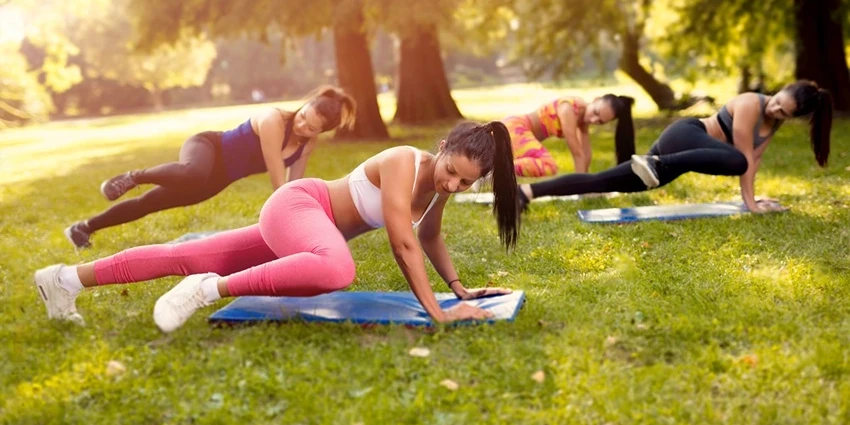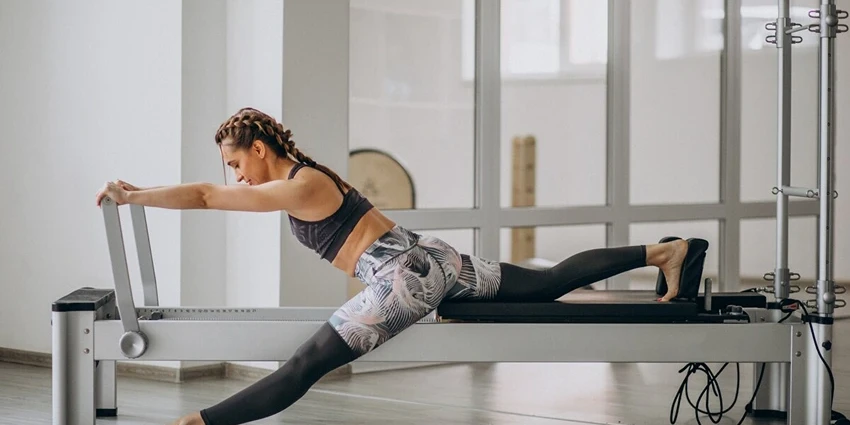At Rac Women, we believe in the power of holistic strength methods to not only build a stronger body but also to cultivate a resilient mind and spirit. Our approach to fitness is about integrating various aspects of well-being to create a balanced and sustainable lifestyle.
In This Article
The Philosophy Behind Holistic Strength Training
Holistic strength training is more than just lifting weights; it’s about nurturing all parts of the self for optimal health. At Rac Women, we emphasize the mind-body connection and the importance of sustainable fitness. Our methods are designed to enhance not just physical strength but also mental clarity and emotional resilience.
Understanding the Mind-Body Connection
The mind and body are inextricably linked, and holistic strength methods leverage this connection. By focusing on exercises that require mindfulness and body awareness, such as yoga and Pilates, we enhance our physical strength and mental acuity simultaneously.
Sustainable Fitness for Longevity
Our goal is to create a fitness routine that you can maintain for life. This means avoiding burnout and injury by incorporating a variety of exercises that promote balance and flexibility, alongside strength training.
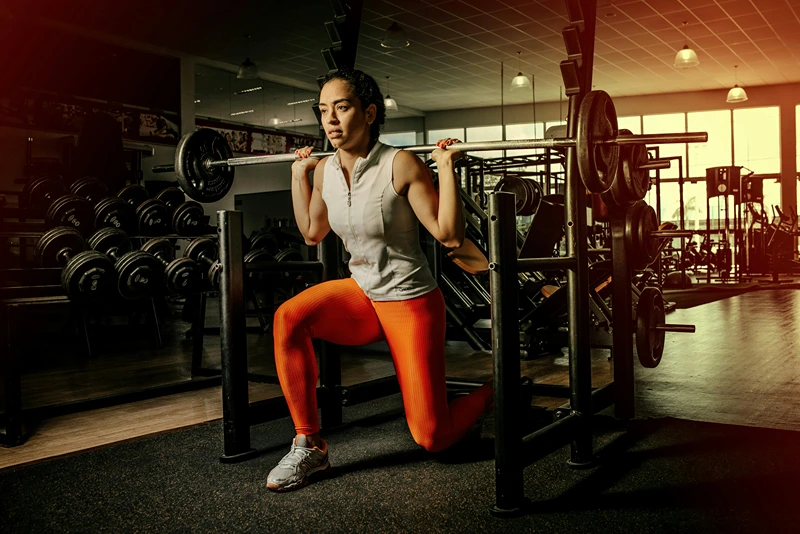
Key Components of Holistic Strength Methods
Holistic strength is multifaceted, involving several components that work together to build a stronger, healthier you.
Physical Training
Physical training is the cornerstone of holistic strength. We focus on exercises that improve functional strength, core stability, and overall body awareness.
Functional Training
Functional training involves exercises that prepare your body for real-life movements and activities. This could include squats, which mimic the action of sitting and standing, or lunges, which replicate walking and running motions.
Mental Conditioning
Mental conditioning is just as important as physical training. Techniques like mindfulness training and meditation help in focusing the mind, reducing stress, and improving the overall quality of your training sessions.
Mindfulness and Meditation
Incorporating mindfulness and meditation into your routine can lead to greater concentration and a deeper connection with your body during exercise.
Emotional Well-being
Emotional well-being is nurtured through practices that encourage stress management and emotional resilience. Activities like deep breathing exercises and yoga can help manage stress levels and enhance emotional strength.
Spiritual Balance
Spiritual balance might involve practices that connect you to a higher purpose or sense of self. This could be through energy work like qi gong or simply spending time in nature.
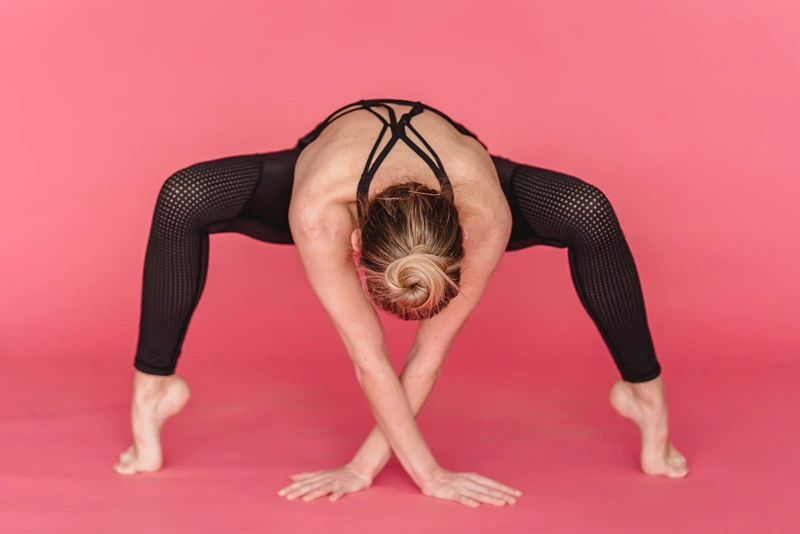
Techniques and Practices
At Rac Women, we advocate for a variety of techniques to build holistic strength.
Yoga and Pilates for Strength
Yoga and Pilates are key components of our holistic strength program. They improve flexibility, core stability, and natural movement.
Yoga
Yoga combines physical postures, breathing exercises, and meditation to enhance strength and flexibility. It’s a practice that aligns the body, mind, and spirit.
Pilates
Pilates focuses on core strength, posture, balance, and flexibility. It’s a disciplined practice that also helps in injury prevention and rehabilitation.
Mindfulness and Meditation
We encourage mindfulness and meditation to help focus the mind and enhance the quality of your physical training.
Mindfulness Training
Mindfulness training involves being present and fully engaged with whatever you’re doing at the moment. It can be practiced during any exercise to enhance the connection between mind and body.
Functional Training
Functional training is about exercises that are useful for everyday life and other physical activities.
Nutritional Balance
Proper nutrition is essential for holistic strength. A balanced diet supports physical training and overall health.
Designing a Holistic Strength Program
Creating a holistic strength program requires a personalized approach. At Rac Women, we assess individual needs to integrate various techniques for a balanced routine.
Assessing Individual Needs
Before starting any program, it’s crucial to assess your current fitness level, goals, and any physical or mental health considerations. This ensures the program is tailored to you.
Integrating Various Techniques
A well-rounded program includes a mix of strength, flexibility, cardio, and mind-body exercises. We recommend a variety of activities to keep the body guessing and the mind engaged.
Setting Realistic Goals
Setting achievable goals is fundamental. Whether it’s improving strength, flexibility, or mental well-being, goals should be SMART: Specific, Measurable, Achievable, Relevant, and Time-bound.
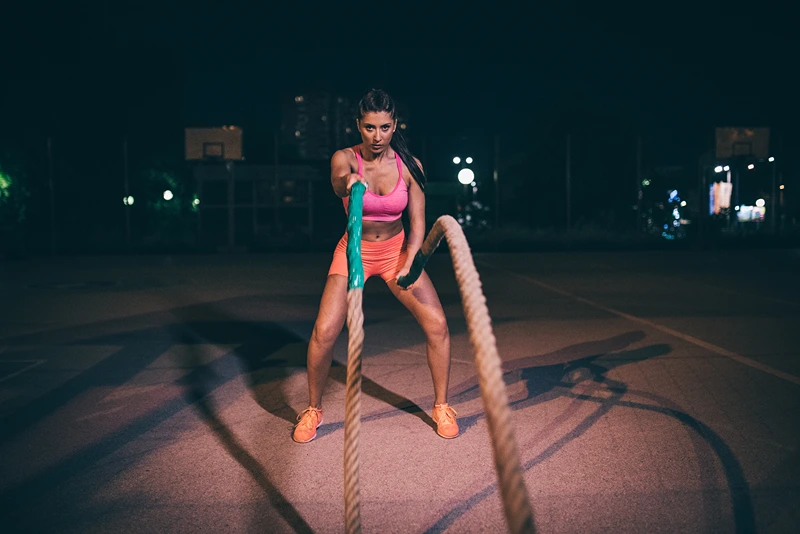
Holistic Strength Exercises and Workouts
Our workouts are designed to enhance not just muscle strength, but overall well-being.
Bodyweight Exercises
Bodyweight exercises are a staple of holistic strength, promoting natural movement and functional fitness.
Table: Top 5 Bodyweight Exercises for Holistic Strength
- Push-ups: Engage the entire body, emphasizing core and upper body strength.
- Squats: Build lower body and core strength, mimicking natural movement patterns.
- Planks: Improve core stability and endurance.
- Lunges: Enhance balance and coordination, targeting leg and glute muscles.
- Burpees: Offer a full-body workout that improves strength, endurance, and agility.
Resistance Training
Incorporating resistance training can improve muscle tone and bone density, crucial for overall health.
Table: Benefits of Resistance Training
- Increased muscle mass: Leads to higher metabolic rate and fat loss.
- Improved bone health: Resistance training can increase bone density and reduce the risk of osteoporosis.
- Better joint flexibility: Resistance exercises can lead to improved joint range of motion.
Cardiovascular Activities
Cardiovascular health is a key component of holistic strength, supporting heart health and endurance.
Table: Holistic Cardio Options
- Brisk Walking: Low impact and accessible for all fitness levels.
- Cycling: Builds leg strength and cardiovascular endurance.
- Swimming: Provides a full-body workout and is gentle on the joints.
Flexibility and Mobility Drills
Flexibility and mobility are essential for preventing injury and maintaining a range of motion.
Table: Flexibility Drills and Their Benefits
- Yoga: Enhances flexibility and reduces stress.
- Dynamic Stretching: Prepares the body for exercise and prevents injury.
- Foam Rolling: Improves blood flow and reduces muscle tightness.
Monitoring Progress and Adapting
To ensure continued progress, it’s important to monitor your achievements and adapt your program as needed.
Tracking Improvements
Keep a log of your workouts, noting improvements in strength, endurance, and how you feel mentally and emotionally.
Adjusting for Plateaus
If progress stalls, it’s time to vary your routine. This could mean increasing intensity, trying new exercises, or incorporating different techniques.
Holistic Health Indicators
Beyond physical improvements, monitor sleep quality, stress levels, and overall sense of well-being as indicators of your holistic health.
FAQs on Holistic Strength Methods
To help you better understand holistic strength methods, we’ve compiled a list of frequently asked questions.
The best exercise is one that you enjoy and can perform consistently. It should challenge your strength, flexibility, and endurance.
Aim for a balanced routine that includes various exercises throughout the week. Listen to your body and allow for adequate rest.
Yes, by combining strength training with cardiovascular and flexibility exercises, you can create a well-rounded routine that supports weight loss.
Ellen Crandall
Meet Ellen, your fitness compass in the world of athletics, training, and gym culture. With a commitment to well-being and a penchant for all things workout-related, Ellen is here to guide you on your journey to a healthier, fitter you. Join the fitness revolution, led by Ellen, and embrace the power of an active lifestyle.


